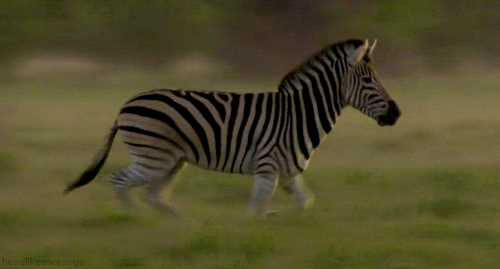How did CVID patients earn their stripes?

Zebras are viewed as unique. They are only found in limited locations with specific environments; they flaunt stripes that are iconic to their species and no two zebras have the same pattern. Similarly, patients with CVID are rare and unique in their condition. Only 1 in 25,000 to 1 in 50,000 people are affected. Not only that, but each patient experiences their illness differently; presenting different symptoms of varying severity. Just like each Zebra shows different stripes.
The label of Zebras became widely used as a reference to CVID and adopted by CVID patients themselves largely because of a saying. Medical students are often instructed not to project their knowledge of rare diseases onto common ailments.
In other words, physicians should be careful not to see a rare disease when observing ordinary symptoms. This lesson was put into the phrase “If it looks like a horse and sounds like a horse then think horse–not zebra”. Patients with CVID however, exemplify the opposing scenario.

CVID symptoms can easily and often be confused with other illnesses; leading to misdiagnoses because of the expectation of a more “common” disease. CVID patients are the seldom occurring cases where the illness isn’t a horse, it really is a zebra.
The Zebra has become a symbol of solidarity for many CVID patients. Many patients are not diagnosed correctly initially, or have had physicians be doubtful of the legitimacy of their symptoms. Identifying with such a unique, and beautiful creature is a small way that CVID patients can affirm the rarity, difficulty, and reality of their condition.
Being a zebra in a world full of horses can be hard, but at the end of the day it’s good to know that the herd has your back!







